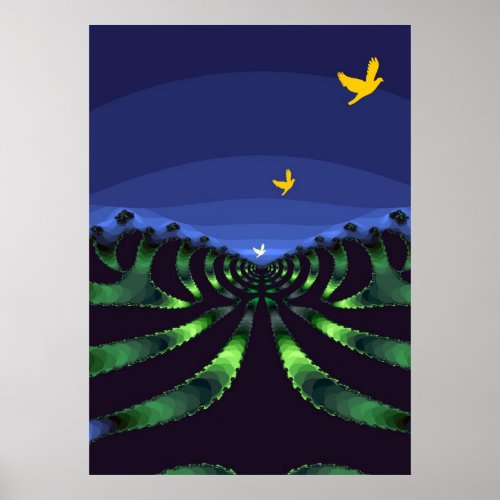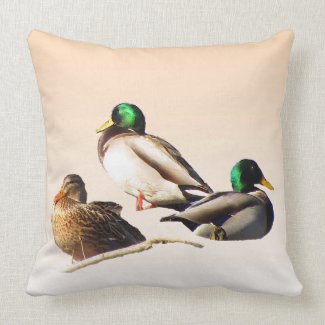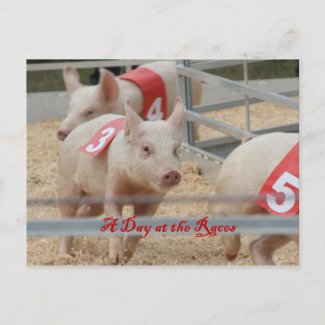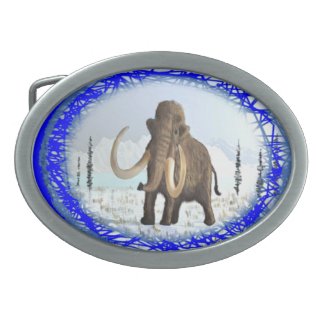This throw pillow features an artistic rendering of three Mallard Ducks perched on a pale orange gradient background. The male ducks can be identified by their iridescent green heads and yellow beaks. The females have lovely feathers in shades of brown and gold with orange beaks. The image is repeated on the back. CLICK HERE TO SEE THE ENTIRE
WILD BIRD PILLOW COLLECTION.
An adorable ham on hoof running in a pig race towards his oatmeal cookie. Cute pink piglet with the number three silk is in focus with numbers four and five nearby. Red text on the bottom reads "A day at the races". Great for any porcine fan or pink piggie lover!
The Ice Age woolly mammoth (Mammuthus primigenius) may soon return if scientists are correct that cloning the extinct animal will be possible in the next five years. Well-preserved bone marrow was recovered from the thigh bone of a 23,000-year-old mammoth found buried in permafrost soil in Siberia in 1999. Global warming has thawed ground in eastern Russia that is usually almost permanently frozen, leading to the discoveries of a number of frozen mammoths Mammoths became extinct about 10,000 years ago at the end of the Pleistocene Russian and Japanese scientists are launching a joint research to recreate the mammoth.. By replacing the nuclei of egg cells from an elephant with those taken from the mammoth's marrow cells, embryos with mammoth DNA can be produced, Kyodo said, citing the researchers. Embryos will then be implanted into elephant wombs for delivery as the two species are closely related. Securing nuclei with an undamaged gene is essential for the nucleus transplantation technique. For scientists involved in the research since the late 1990s, finding nuclei with undamaged mammoth genes has been a challenge. The woolly mammoth is known from bones and frozen carcasses from northern North America and northern Eurasia with the best preserved carcasses in Siberia. They are perhaps the most well known species of mammoth. It disappeared from most of its range at the end of the Pleistocene, with an isolated population living on Wrangel Island until roughly 1700 BCE. Woolly mammoths are common in the fossil record. Unlike most other prehistoric animals, their remains are often not fossilized, but are preserved in their organic state. This is due in part to the frozen climate of their habitats, and to their massive size.

Out of the Void Poster by Bebops
I hope to display a variety of animal images on this blog to delight us all. I have created many products featuring wildlife and pets for my Zazzle stores, Bebop's Place and Bebop's Weddings, using my original photographs and designs. I am also constantly amazed at the gorgeous animal products available from the rest of the Zazzle community. I am hoping others will enjoy this blog and even be moved to purchase some of these lovely items for gifts or just for the pleasure of having such beauty around.


